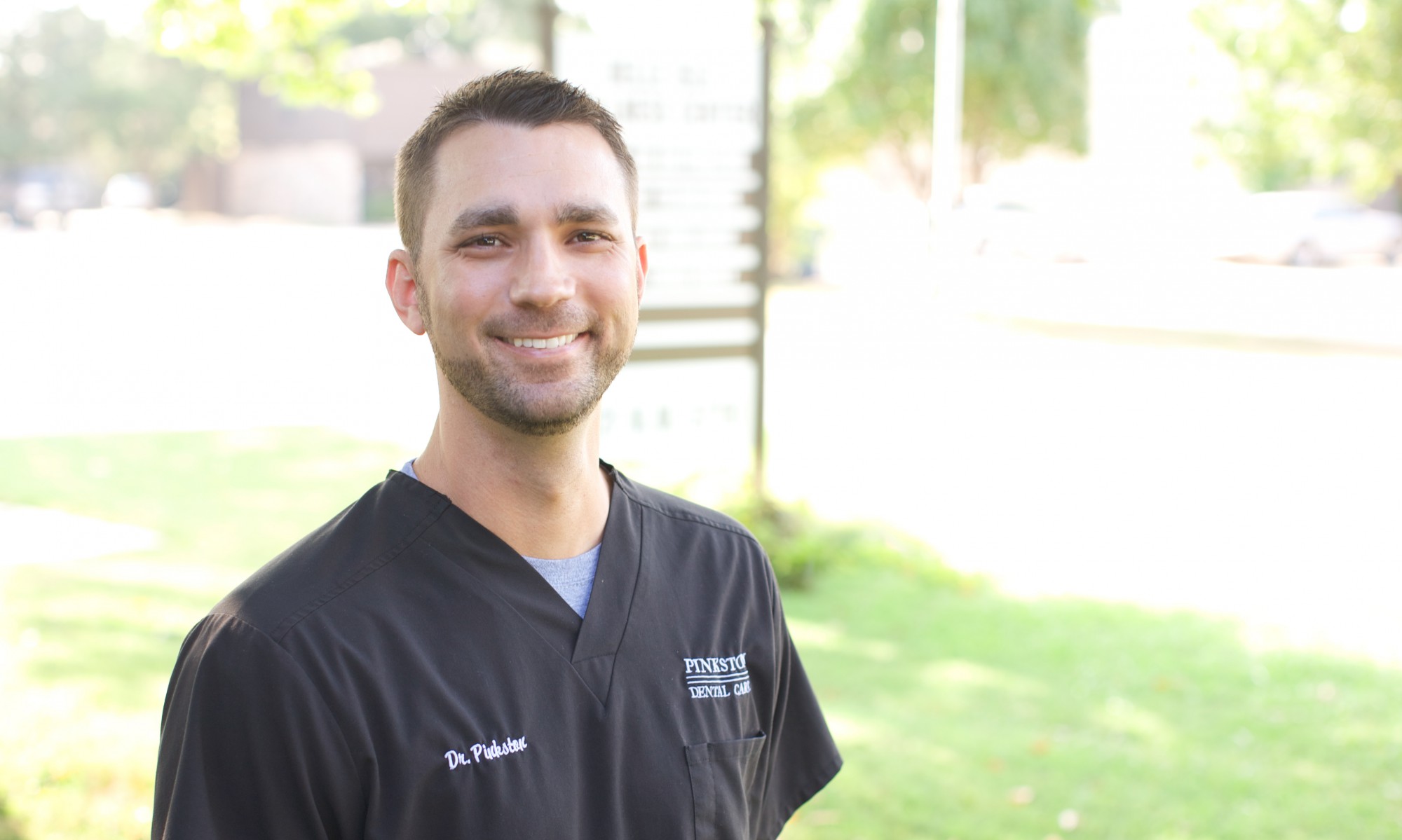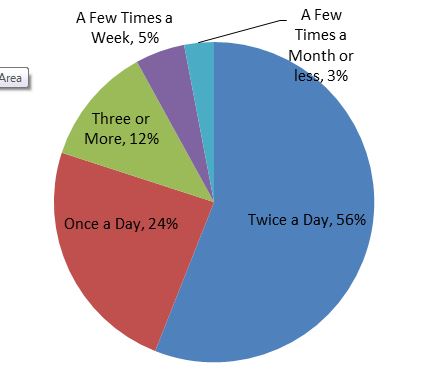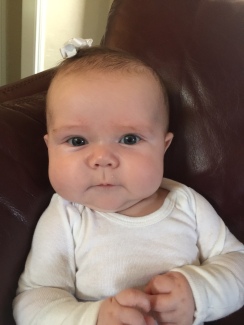On July 3rd, 1806, two years into their journey to chart the uncharted west of America, pioneer explorers Meriwether Lewis and William Clark reached a challenge of epic proportion – the Rocky Mountains. What next, they wondered? Without a map, they were forced to do what explorers do – explore, and hope for the best. So, that got us thinking. Wouldn’t it be nice to have a handy map you could use to chart your own dental health? With that in mind, and in honor of our “Dog Days of Summer” explorers, we at Pinkston Dental Care wanted to share with you a few mile markers you can use to stay on top of your child’s health today, next year, and for years to come!
6 to 24 months
When you’re a new parent, life is a whirlwind, and the dental care of your newborn may not be top of mind when you look in their mouths and see no teeth! Here are some things to keep in mind:
Schedule a visit: As soon as that first tooth comes in, you’ll want to give us a call to schedule a visit and set up a periodic exam schedule. Also, be aware the ADA recommends fluoridated toothpaste now for all children under the age of three. Don’t wait!
Ask us about:
- Home hygiene basics: Things like, tips and tricks on brushing and other care. There’s nothing better than having our hygienists give brushing tutorials – they’re experts!
- Preventative dentistry: The possible need for fluoride supplements
- Dietary strategies: Achieving a balanced diet early in life for good oral health later
- Feeding practice awareness: Bottle, breastfeeding, and no-spill training cups
- Non-nutritive oral habits: Thumb sucking, pacifiers
2 to 12 years old
Ah, the little ones are growing up. Teeth are coming in at all sorts of crazy angles, and you’re going crazy from the rise in obligations. Here’s a quick list of what to consider during this time frame:
- Preventative dentistry: Pit and fissure sealants can do wonders for keeping your child’s dental bills down, and their teeth in their head until they’re ready to fall out naturally. Ask us about them. They’re affordable AND useful. And, super-fast, you’ll be in and out in no time.
- Orthodontic Consultation: Visiting an orthodontist for an early consultation is best done around your child’s seventh birthday. With today’s technology, early intervention can reduce the cost and duration of braces when your child gets older.
The Teen Years
The years “everything” happens! As children start to come into their own, new habits and desires begin to unfold as well. You’ll have to address every imaginable concern during these years, from piercings, to calls for whitening, braces, and the need to refer yourself away from your pediatric dentist and to a general dentist for continuing oral care. So, speak with us about:
- Cosmetic Dentistry: What solutions are advisable now, and what things should be avoided.
- Teen social pressures: Smoking, alcohol, intraoral/perioral piercings and the like. Believe it or not, we can help a lot with this. Does your teen have a favorite Pinkston Dental Care hygienist? We might be able to arrange for that person to help when your teen comes in so they can address these concerns with an intermediary they trust. Give us a call to see how we can help!
- Orthodontics: Options for minimizing appearance and health problems later in life.
- Home hygiene tips: Brushing, flossing, choosing the right mouthwash.
- Craniofacial injury prevention: With your children’s possible participation in sports, you’ll want to get them a mouthguard. Hands down it’ll be one of your best investments in a healthy mouth. And we make great ones at Pinkston Dental!
Staying on top of your child’s oral health isn’t as hard as you think, and if you keep this schedule handy, you’ll be ahead of most of your neighbor’s kids when it comes to a healthy mouth and body. Come to think of it … why not share it with them as well? They’ll thank you for the help.





